How To Harvest Zinnia Seed So You Can Get The Jump On Next Year’s Dazzling Border Beauties
Knowing how to harvest zinnia seed gives you a generous supply of some of your favorite blooms – while saving you money on your cutting garden classics
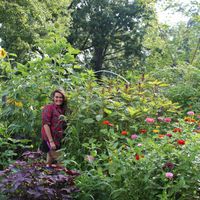
Amy Draiss
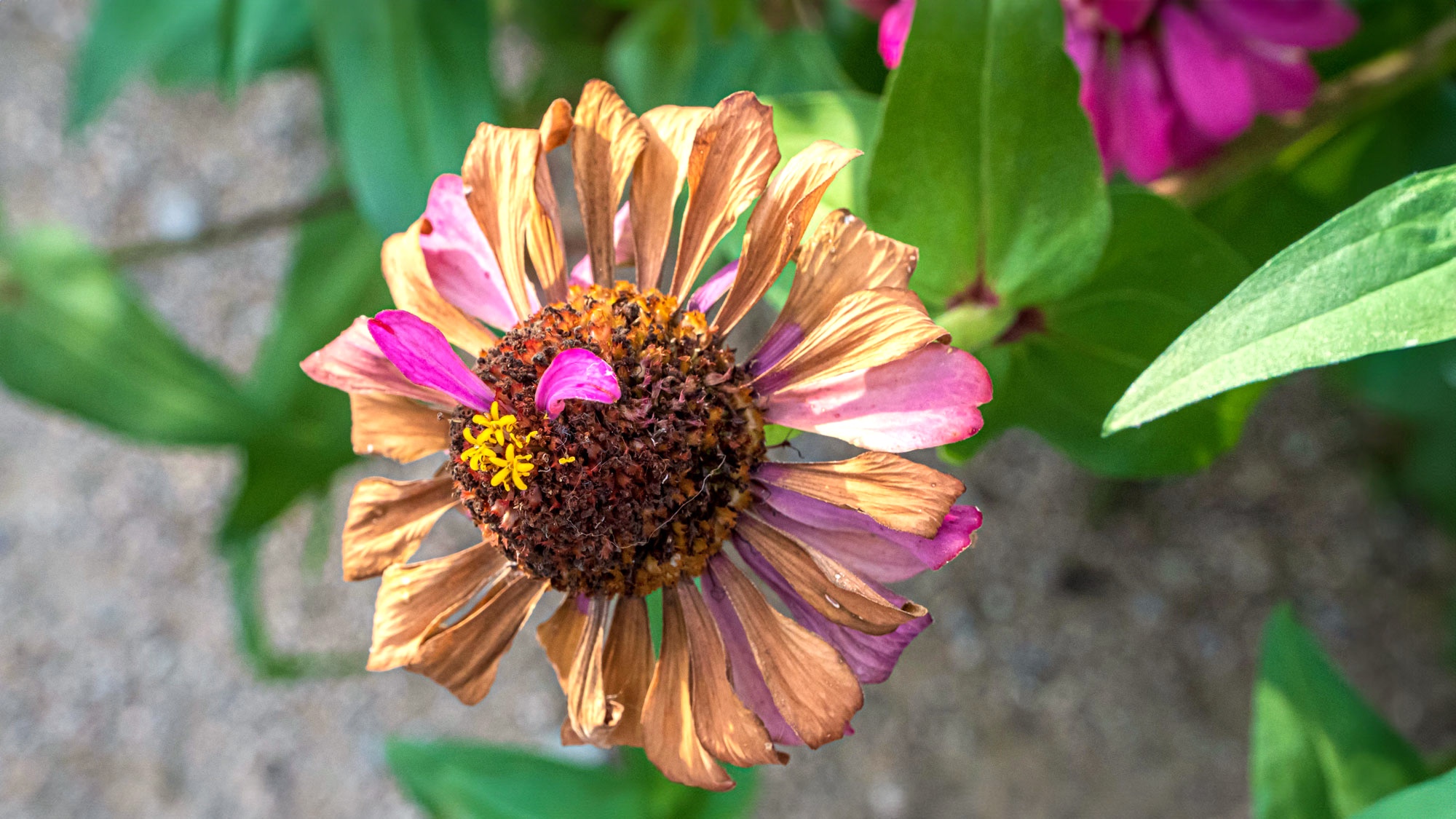
Zinnias fill the garden with lasting color, and are some of the best annuals for floral borders, cutting gardens and pollinator beds. Their ease of growth, long flowering season and hardy nature further contribute to their appeal – to say nothing of their wow factor. Little wonder so many growers are tempted to grow these dazzling ornamentals from seed. Given their commanding presence in cottage garden displays, mixed borders, patio boxes and even containers, it’s understandable you’ll want to grow more once you’ve enjoyed their season of bloom.
Of course, you can pick up seeds at garden centers for several months of the year. However, once you’ve successfully grown your own zinnia displays, chances are you’ll be keen to enjoy a repeat show of your star performers next year. Being able to harvest zinnia seed from spent blooms also means you can save some seed money for other plants! Here’s how to harvest zinnia seed and increase your chances of enjoying even more gorgeous zinnias at no extra cost next year.
Why Harvest Zinnia Seeds?
Seed saving is a useful and interesting skill – and can potentially be an economical one, particularly if you have fallen in love with zinnias and want to grow more. If you’re a budget-savvy gardener, being able to harvest seed from zinnias is a great way to save some cash that you can then spend elsewhere in your garden. Zinnias are known for their prolific production of seed and they can be multiplied quickly. Because of this, you could feasibly cultivate large beds with only minimal investment.
You can take advantage of this process to create new hybrids, as well helping in the preservation of open-pollinated or heirloom types. Over time, saved seeds may also demonstrate improved suitability to growing conditions within your particular region. Zinnias are amongst the easiest annuals to grow from seed. This makes them ideal for beginners, as well as passionate zinnia aficionados. You can quite easily cultivate more of your favorite flowers by sowing seed directly into prepared beds.
Which Seeds Are Best?
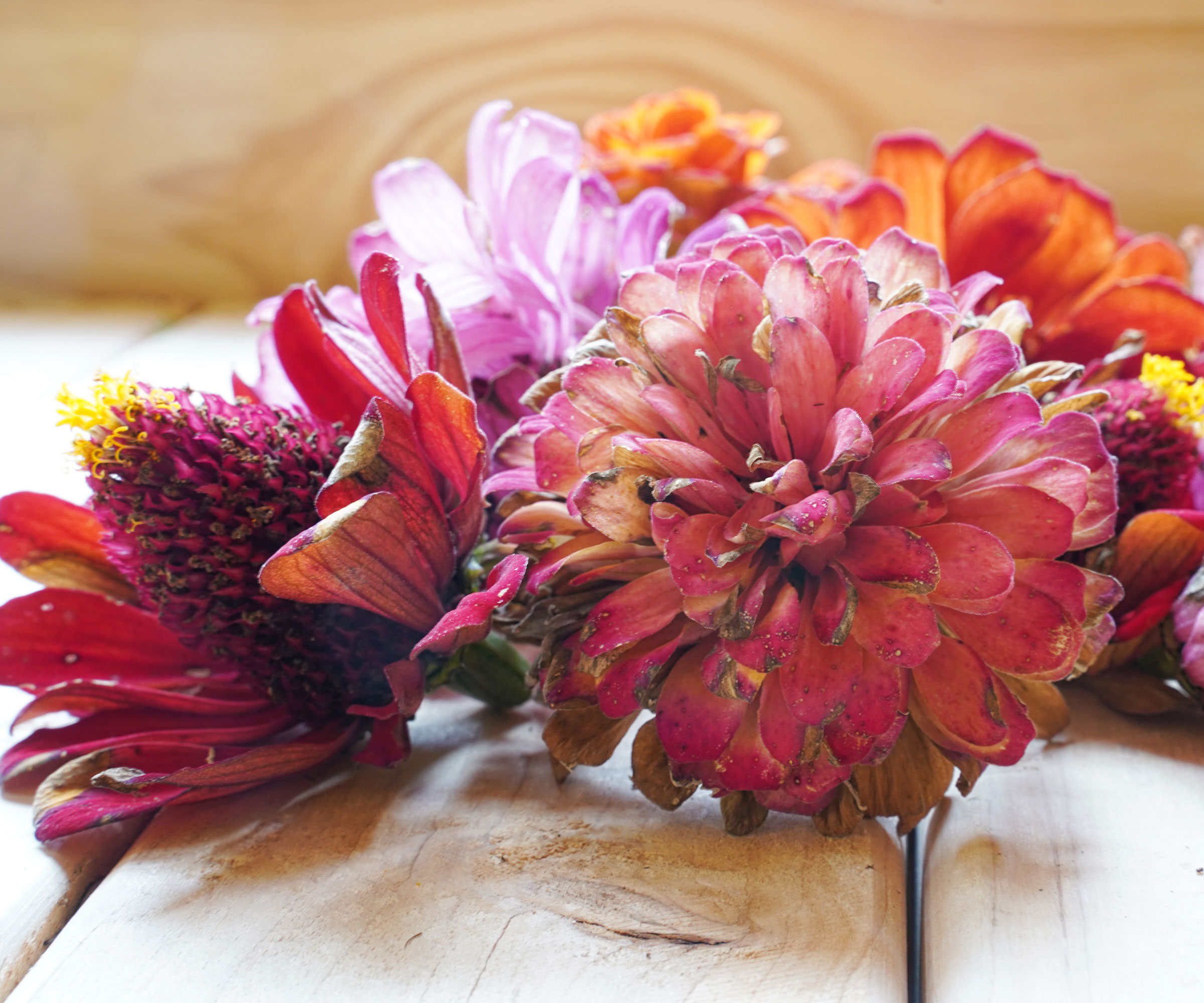
Though seed can be saved from most varieties of zinnia, results will vary in terms of appearance. When seed harvesting, bear in mind that a few factors can influence the overall look of flowers propagated from the seed you collect. Seeds taken from hybrid cultivars are least likely to produce plants that are true-to-type, meaning they won’t be identical to the parent plant. Check the seed packets for the original flowers if you are unsure.
When harvesting zinnia seeds from flowers, also bear in mind that cross-pollination with other varieties can impact the genetic makeup of any new plants you grow. All this in the balance, open-pollinated and heirloom types are best if you are looking to produce seed similar to that of the parent plant. Examples of open-pollinated varieties include ‘Green Envy’ and ‘Canary Bird’ as well as ‘Candy Cane’ zinnias.
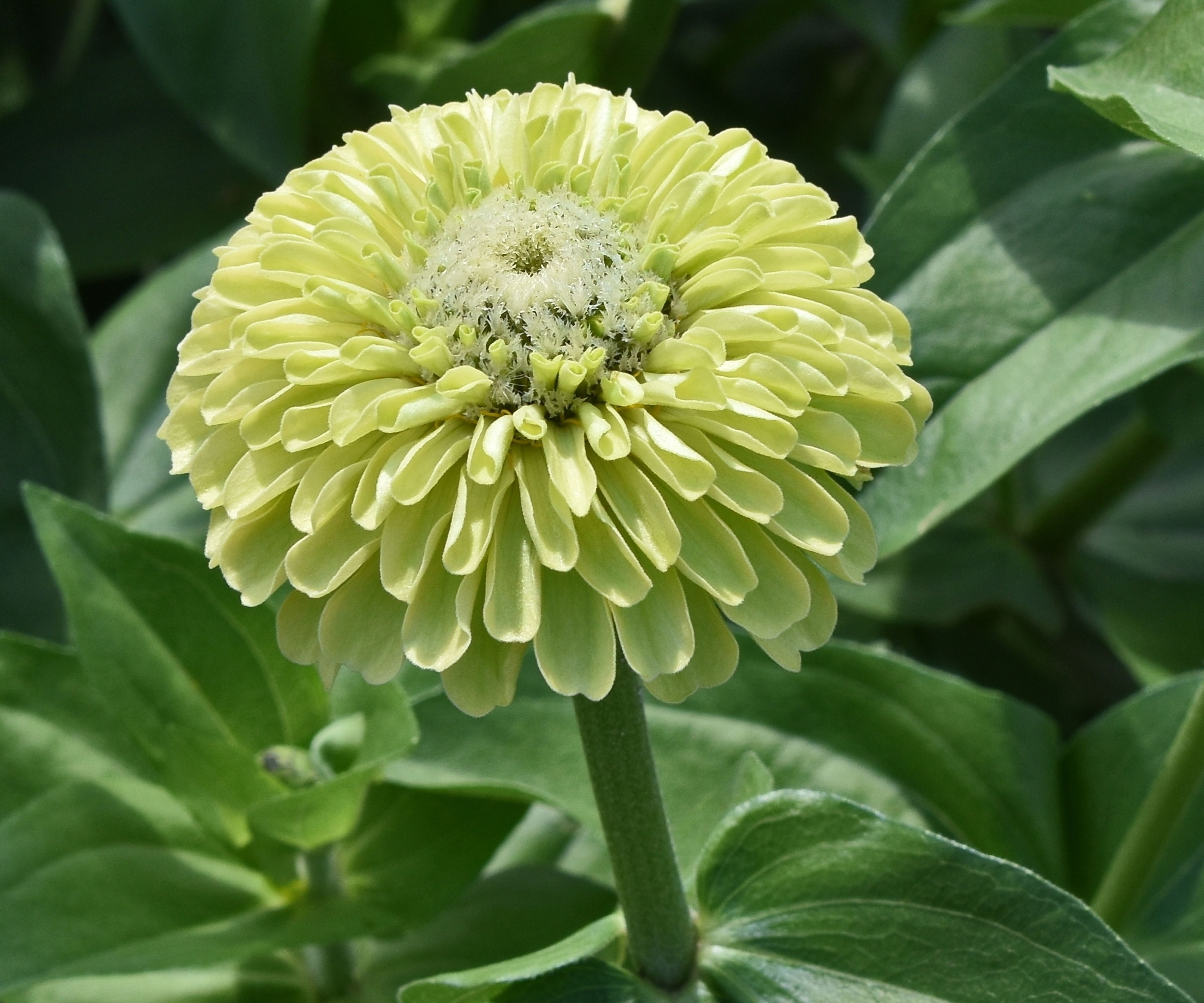
Those collecting zinnia seeds from flowers will notice two distinct types of seed produced from each bloom — those that are long and pointy, and those which are more rounded. Don’t be afraid to get close and inspect these using a magnifying glass (there’s a great Magnifying Glass with Lights from Amazon that can bring those tiny seeds into focus). Long, pointed seeds are the result of pollination which has occurred at the ray petals, while rounded seeds are produced from each floret. Both types of seeds are likely to be viable, depending upon the success of pollination.
Sign up for the Gardening Know How newsletter today and receive a free copy of our e-book "How to Grow Delicious Tomatoes".
When to Harvest Seeds
If you’re new to the process of seed starting using harvested seeds from flowers you have grown, determining when to harvest zinnia seed can seem tricky to pin down. These gorgeous flowers can have an incredibly long season of flowering. As well as growing zinnias for a cutting garden, chances are you care about keeping pollinators coming to your garden, so you also won’t want to disrupt their attentions too quickly.
Still, after pollination, each bloom will eventually begin to fade and dry. The center of each flower will grow to form a large cone. Most seed can be found within, with some attached to remaining ray petals. Zinnia seed can be collected at any time at this point, so long as it has been allowed to mature. Blooms most likely to yield mature seeds are those which have browned or feel slightly crunchy to the touch.
Harvesting Seeds For Planting
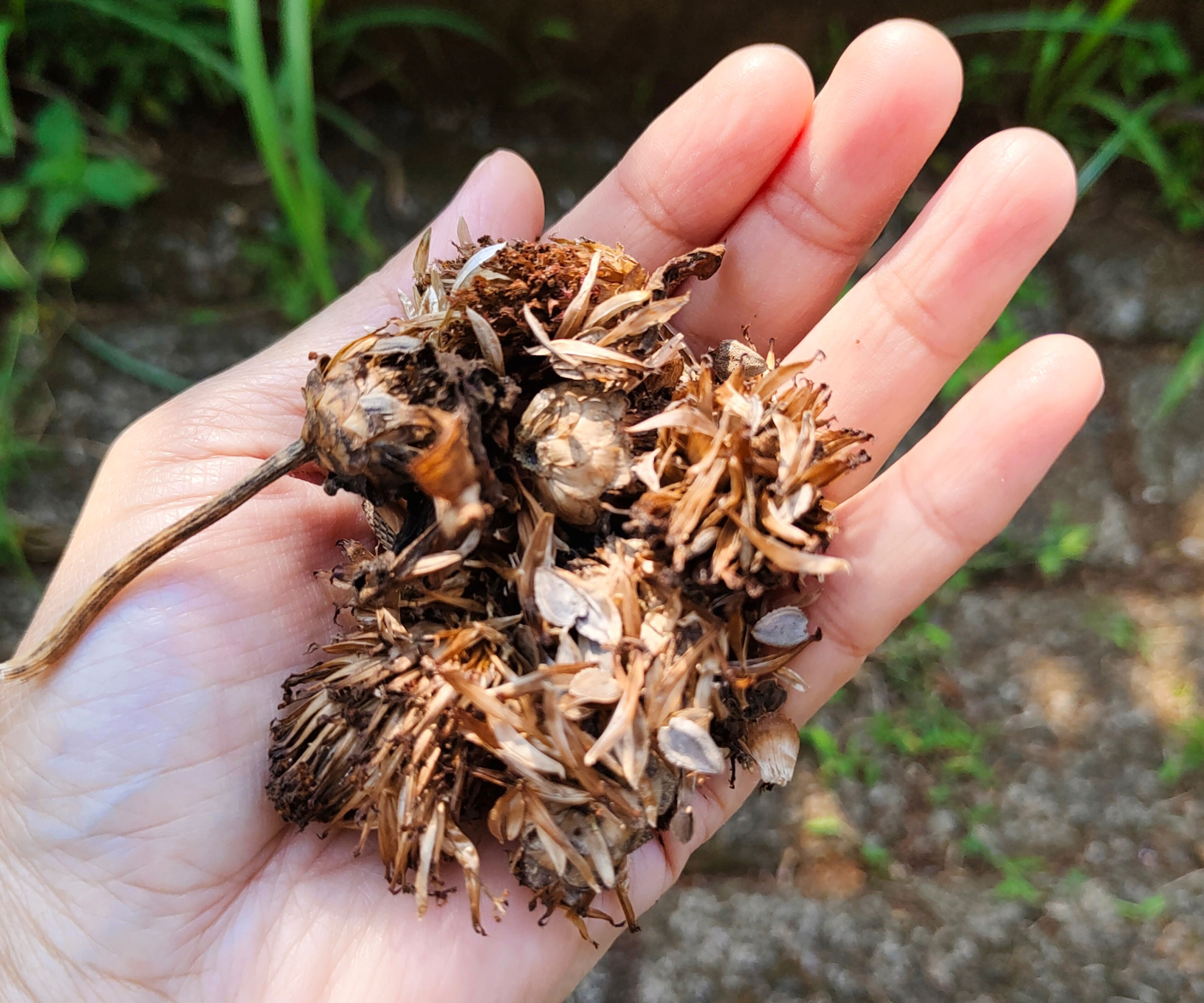
Once the flower head has had time to dry, the process of knowing how to harvest zinnia seeds for planting is relatively simple. If you have given flower heads a few weeks from fading and they are fully brown, you are fine to harvest. Choose a dry or sunny day after the dew has dried. Grab a paper bag, and some scissors or shears like Fiskars Micro-Tip Pruning Shears, available from Amazon, for a precise action.
Clip each bloom from the plant, cutting just below the head. Carefully pluck the petals or rub them between your fingers. You’ll find zinnia seeds within the flower and at the ends of each petal. Gently crushing or removing petals is often the most helpful way to release mature seed. Mature seeds will be thick and feel firm and full when gently pinched. Lightweight or empty seed pods are likely not viable and can be discarded as the seed, chaff, and other plant matter are winnowed. Spread collected seed across a screen to dry further. Any excess plant matter should be removed before storage, to prevent mold or the overwintering of disease.
Planting Harvested Seeds
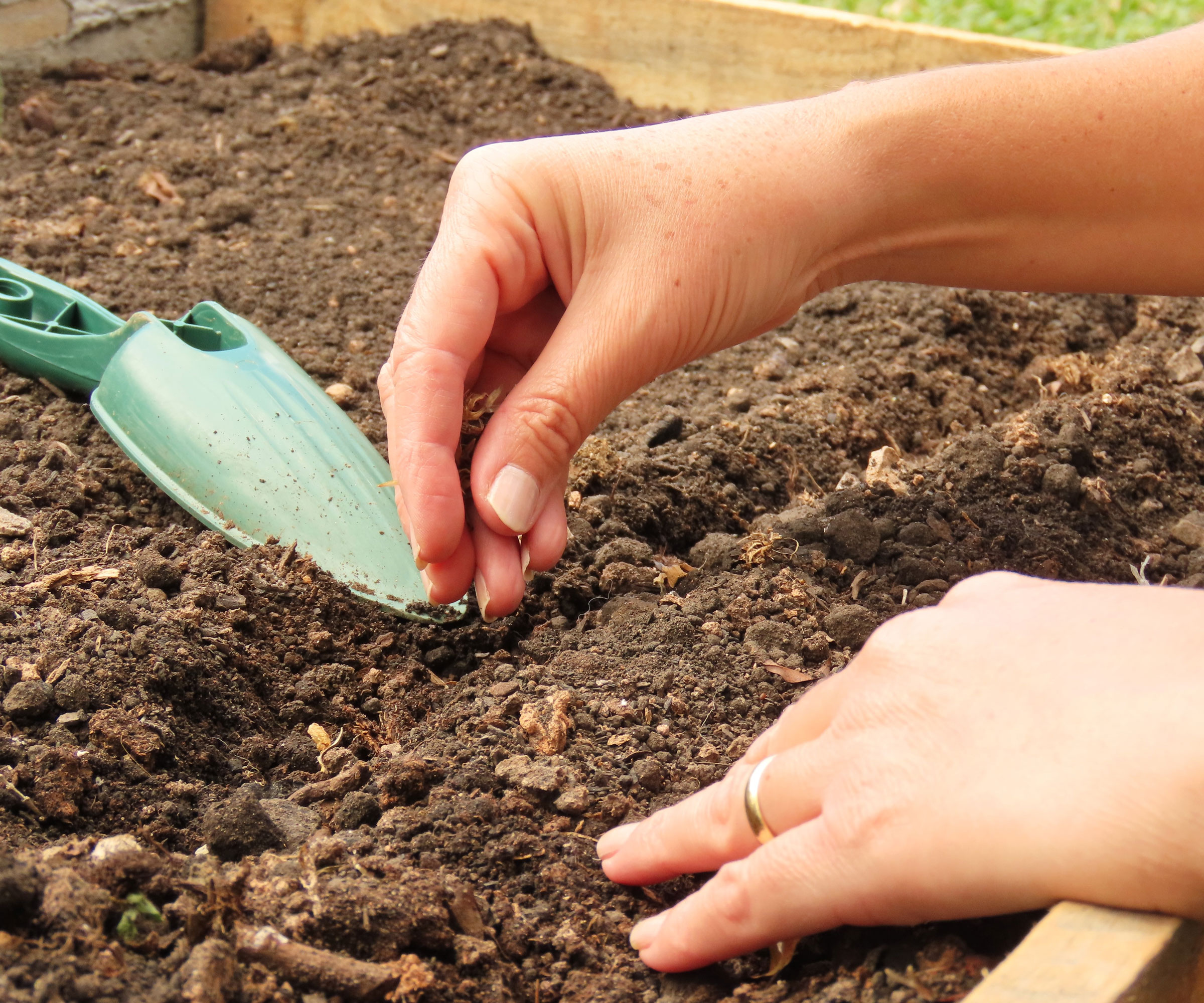
Now you know how to harvest zinnia seeds for next year, you have the option of either sowing straight away or storing. As zinnias will volunteer freely, you may wish to simply drop seeds into the garden through fall. Seed beds will then overwinter, germinating when the time is right in spring. If you have collected seeds the previous summer, you can sow directly into beds. This can be done as soon as the soil has warmed and all chances of frost have passed. If conditions are favorable, your planted seeds can grow quickly outdoors.
Starting the seed indoors is also an option if you hope to get an early start on the growing season. Use a seed tray like the Hugbow Store’s Seed Starter Tray from Amazon, which also comes with grow lights, heat mat and soil meter. Do this no more than 2-4 weeks before the last predicted frost date. After germination, and once seedlings are ready, your zinnias can be hardened-off and moved into beds.
Storing Seeds for Later
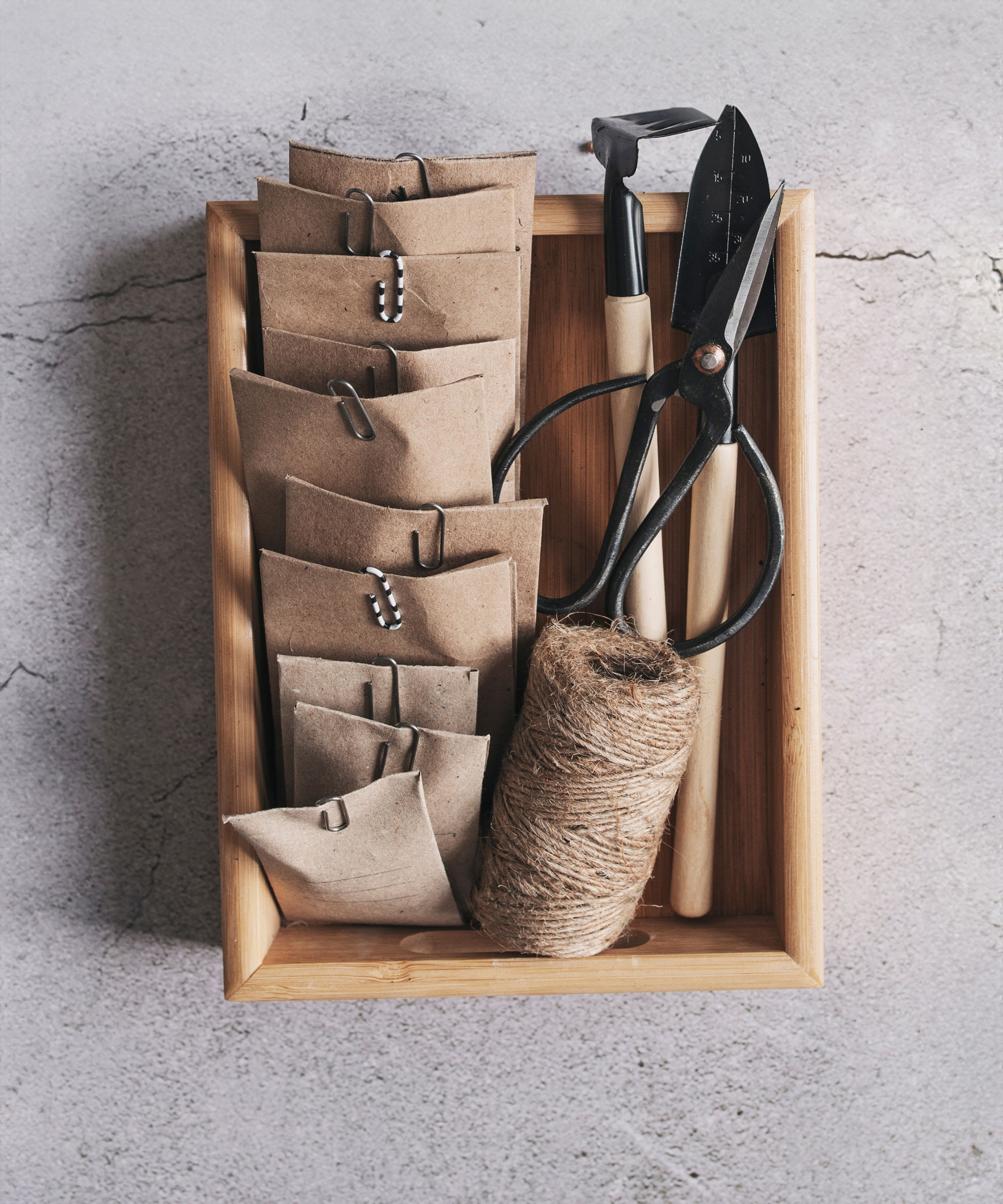
If you aren’t sowing straight away, you need to store your zinnia seed in a cool, dry place until planting time. Use a special storage container specifically for seeds, like the Orionstar Seed Storage Organizer from Amazon, which comes with envelopes and labels. Envelopes or jars of seed will generally remain viable for 3-5 years.
Refrigeration may help to prolong the viability of seed. Longevity can vary, depending upon your collection method and conditions of storage. However, in terms of the eventual success rate of your seeds, the fresher the better. The longer you leave seeds in storage, the more chance there is that germination rates will falter and decrease with the passage of time.
Need more ideas for growing inspiration, timely gardening jobs and seasonal expert advice delivered straight to your inbox? Sign up for the free Gardening Know How Newsletter!
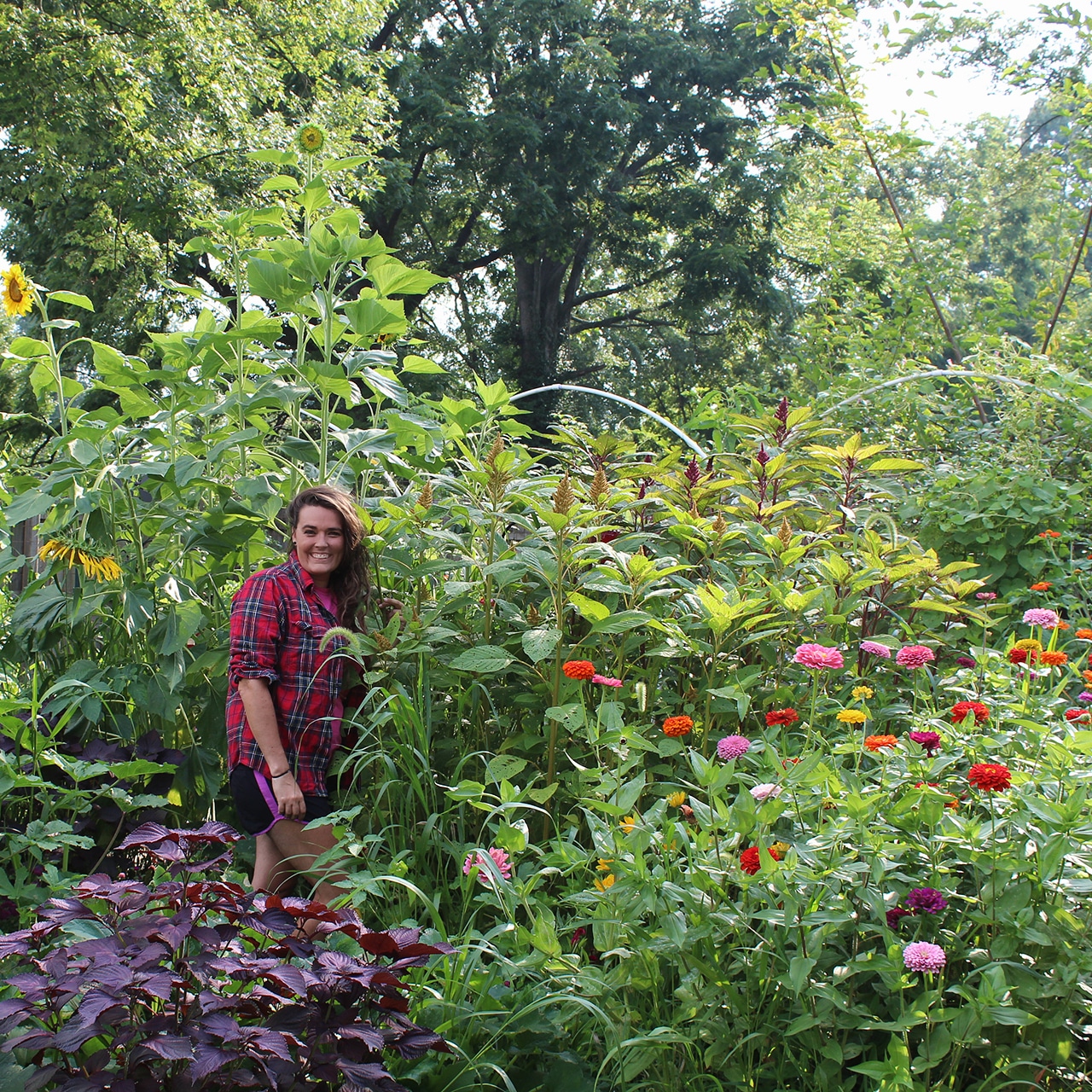
Tonya Barnett has been gardening for 13 years. Flowers are her passion. She has transformed her backyard into a cut flower garden, which she regularly chronicles on her YouTube channel http://www.youtube.com/@tonyawiththeflowers.
- Amy DraissDigital Community Manager